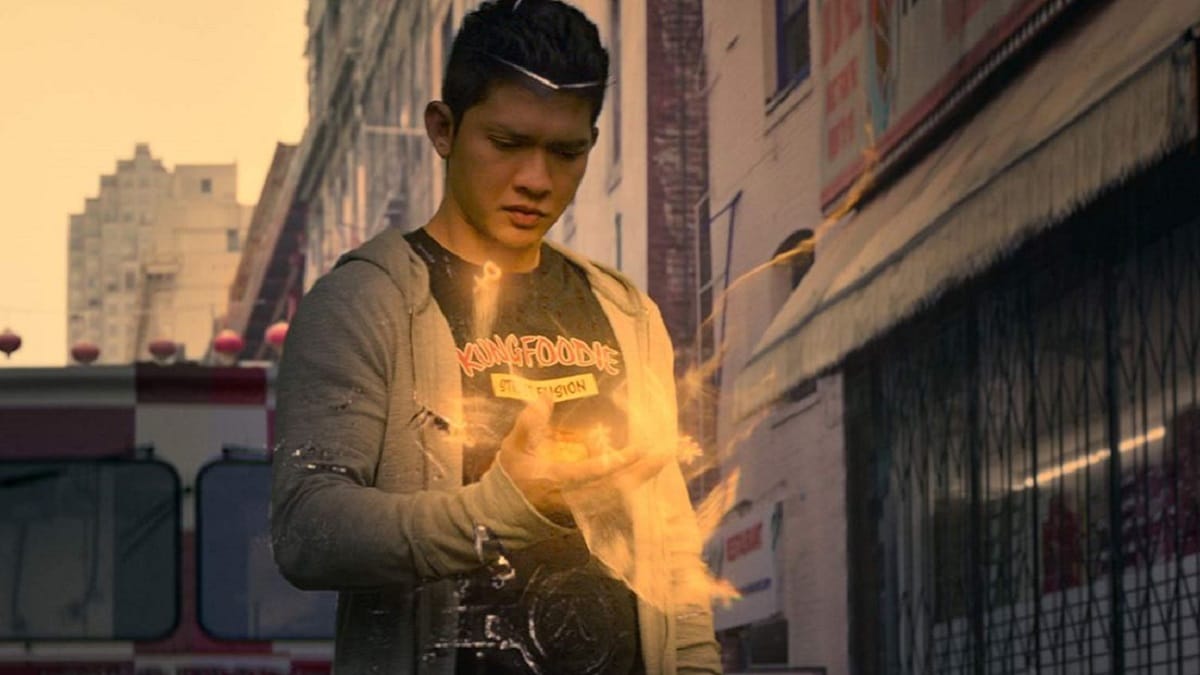
Wu Assassins, Netflix’s new crime drama series follows Kai Jin (Iko Uwais), a chef in San Francisco’s Chinatown. Jin discovers that he is the Chosen One of the Wu Assassins, gifted with special martial arts skills to hunt and kill the five Wu Warlords — Fire, Wood, Earth, Metal, and Water — whose supernatural powers are a threat to the survival of humanity.
After a mystical encounter in which he receives special powers, Kai receives training in the skills of a Wu Assassin from Ying Ying (Celia Au). This is to prepare him for his mission as the latest of an ancient line of Wu Assassins, tasked with keeping the mystical Wu powers from falling into the wrong hands.
His mission is complicated by the fact that one of the five evil warlords is Uncle Six (Byron Mann), his adoptive father.
If you have seen the first of the 10 episodes of Wu Assassins, which dropped on Netflix on Thursday, you’d likely recall the scene where Uncle Six talks about someone called Little Pete, whom he describes as the “first Chinese millionaire in the U.S.”
Although the plot and storyline of Netflix’s Wu Assassins are fictional, Little Pete was a real-life Chinese mobster from 19th century San Francisco. Here is everything you need to know about Little Pete.
Who was Little Pete during Chinatown Tong Wars?
Little Pete (Fung Jin Toy) was a leader of the Som Yop Tong in the 1890s era of the Tong Wars in San Francisco’s Chinatown. He was born sometime around 1864 in Kow Kong, Canton (modern Jiujiang Town in Foshan, Guangdong Province), and immigrated as a young child to the U.S. with his family in 1870.
He started work as an errand boy for a shoe factory and grew up witnessing the battles between rival Chinese mobs (Tongs) in the 1800s.
Unlike many members of the insular immigrant Chinese community, he quickly learned to fluently speak English and became an interpreter for the Sam Yup Co., one of the six companies that controlled the economy of Chinatown at the time.
A report by the San Francisco Chronicle stated that he later founded his own shoe company called F.C. Peters and Co. He chose an English name for his shoe company because many whites refused to patronize Chinese businesses.
Despite owning a prosperous shoe business, Little Pete became deeply involved in underworld racketeering that included prostitution, illegal gambling, and opium trade. He is said to have worn a steel-reinforced hat and chain mail for protection during street fights and quickly gained a reputation as a ruthless operator. Little Pete went to prison for five years for trying to bribe the police to release his bodyguard, Lee Chuck, who shot and killed a suspected Tong assassin.
#WuAssassins director Stephen Fung talks Netflix's first martial arts original series https://t.co/F73PSyZNdz pic.twitter.com/hiiYPIPeDh
— THR International (@THRGlobal) August 7, 2019
By 1890, at the age of only 25, Little Pete had risen to the position of the leader of the Som Yop Tong and led the organization in the bloody Tong Wars against the Sue Yop Tong. It is claimed that he and his hatchet men killed more than 50 members of rival Tong gangs.
It was the local media that nicknamed him Little Pete after he became a familiar figure around Chinatown in his chain mail armor and with a small entourage of bodyguards that included a white man called C.H. Hunter. He was also known as the “King of Chinatown” and was said to have links with influential city officials.
Other Tong gangs began to fear that he could use his influence with city officials to gain a monopoly of Chinatown’s underworld economy. This led to a plot to eliminate him.
He was murdered at a barber’s shop on January 23, 1897, while his bodyguard C.H. Hunter was running an errand. Tong assassins Lem Jung and Chew Tin Gop burst into the barber’s shop, grabbed Little Pete by the hair, lifted up his chain mail, and shot him multiple times in the back.
It is claimed that Lem Jung and Chew Tin Gop received a hefty reward for killing Little Pete and that both men returned to their native China as wealthy men.